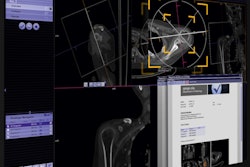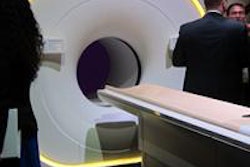Health plans requiring prior authorization for echocardiograms have a 20% lower utilization rate in low-risk populations, according to a study published recently in Managed Care.
Conducted by outcomes research firm HealthCore on behalf of specialty benefits management company AIM Specialty Health, the study compared the transthoracic echocardiograms among three risk subgroups within two groups, one whose health plans used a cardiac utilization management program and one including those whose plans did not.
The researchers evaluated data from the HealthCore Integrated Research Database for health plan members in Indiana, Kentucky, Missouri, Ohio, and Georgia from October 2008 through September 30, 2011. Members were followed for one year before and one year after implementation of utilization management programs, Health Core and AIM Specialty Health said.
A 15% decrease in echocardiogram utilization was seen relative to a geographically matched control group. Of the tests that did not meet utilization management coverage criteria, 79% came from low- or medium-risk population segments, the companies said.
Overall, the utilization management group avoided three tests per 1,000 members when compared to the group without utilization management review. The study was published in the November issue of Managed Care.



















